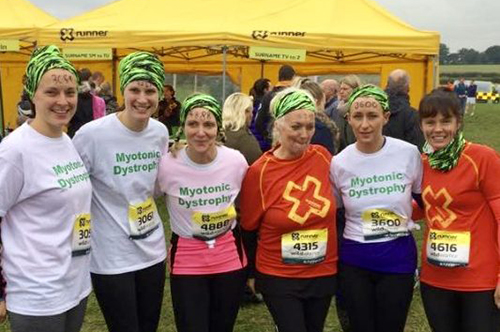
Get involved
We welcome new members and new ideas
Read MoreCongenital myotonic dystrophy is the early childhood form of myotonic dystrophy (also known as Steinert’s disease). Usually in myotonic dystrophy the symptoms begin to show in childhood or later in life, but symptoms of congenital myotonic dystrophy are evident from birth. It occurs only when the mother already has myotonic dystrophy (although she may not be aware of this) and she passes it on to the child in a more severe form. Congenital means “from birth” because the condition is usually identified at birth or soon after; myotonic means “involving muscle stiffness”; and dystrophy, “muscle wasting and weakness”.
Congenital myotonic dystrophy is not the same as congenital myopathy or congenital muscular dystrophy.
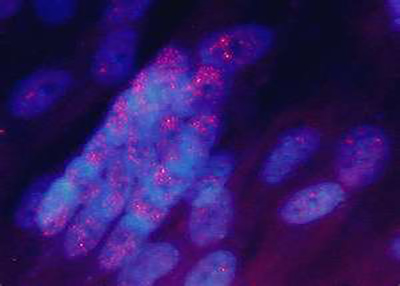
The condition follows a ‘dominant’ inheritance pattern which means that on average, half of the children of a woman with myotonic dystrophy will be affected themselves. It affects both sexes, but the mother is usually the affected parent.
During her pregnancy, a mother of a child with congenital myotonic dystrophy may have noticed that the baby was not moving around in the womb as much as normal, and had reduced fetal movements. She may have had hydramnios (excessive amounts of amniotic fluid) and premature labour. The mother may not be aware of having myotonic dystrophy herself until after the birth of her affected baby. At the time of delivery, (if the baby is known to have congenital myotonic dystrophy antenatally), staff should be aware that the baby may need immediate intensive care and the parents should be made aware of the procedures.
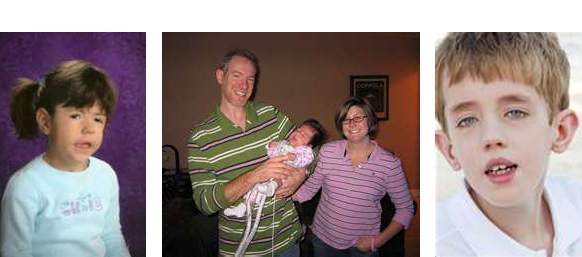
Congenital myotonic dystrophy can vary considerably in severity from child to child. If a child is diagnosed with the condition soon after birth, symptoms are likely to be severe. In these cases, special shoes, walking aids and calipers may be needed. A few affected children need to use a wheelchair. Sadly, congenital myotonic dystrophy can be fatal, especially in the early weeks of life, but a child who lives beyond his or her first birthday is likely to live to become an adult.
Operations and anaesthetics can be risky. It is very important that any surgeon and anaesthetist should know a child has congenital myotonic dystrophy before surgery is planned. Problems usually occur when doctors are unaware of the disorder; if care is taken, surgery is usually safe. Patients may wish to wear a bracelet or locket stating their condition. A specific warning card is available that can be carried in a purse or wallet.
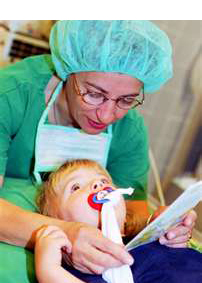

We welcome new members and new ideas
Read More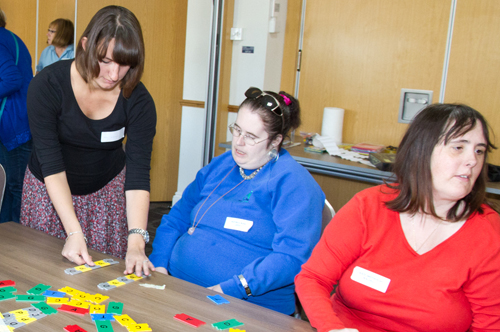
Myotonic Dystrophy is a condition affecting 1 in 8000 adults
Read More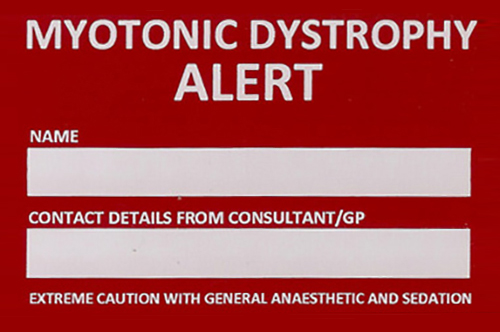
Offering friendship and support to all those affected
Read More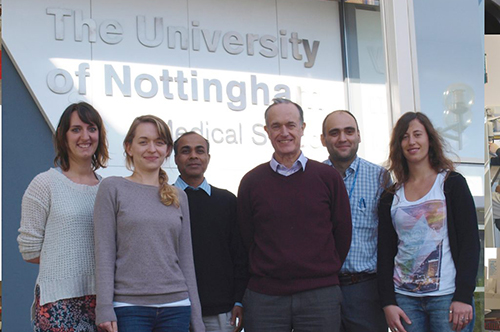
Keep up to date with research in this field
Read More